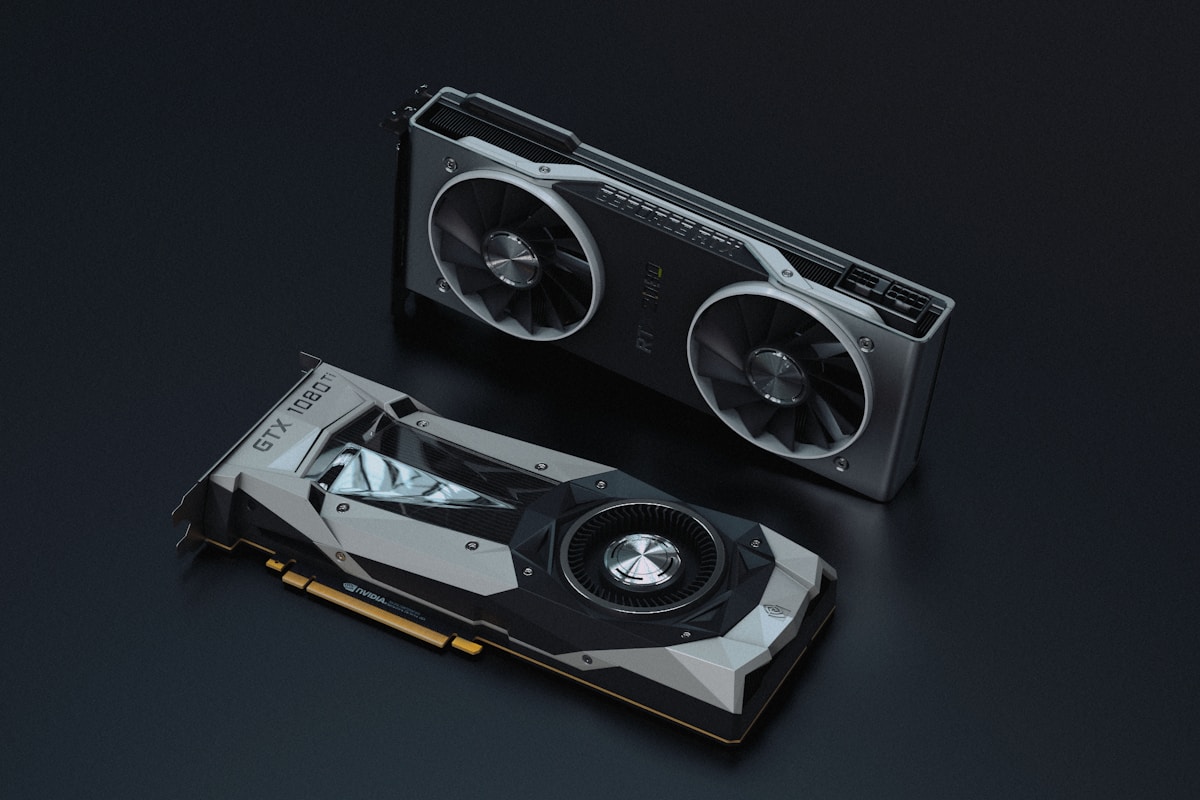The gaming hardware community is buzzing with concerning news that could impact every PC gamer’s upgrade plans. According to recent rumors, NVIDIA might be scrapping its entire RTX 50 Super series lineup before these cards even get announced. The culprit? A critical shortage of advanced memory chips that AI companies are hoarding.
What’s Happening With the RTX 50 Super Series
Chinese hardware leaker Uniko’s Hardware dropped a bombshell on social media, claiming that the RTX 50 Super series has been cancelled due to severe shortages of 3GB GDDR7 memory chips. These upgraded memory modules were supposed to be the key selling point of the Super refresh, offering 50% more VRAM than current models.
The rumored lineup included the RTX 5070 Super jumping from 12GB to 18GB, and the RTX 5080 Super moving from 16GB to 24GB. These upgrades would have addressed one of the biggest complaints about the current RTX 50 series – insufficient VRAM for modern gaming at high resolutions.
Why AI Is Eating Your GPU Upgrade
The root cause of this potential cancellation isn’t a technical problem or poor planning. It’s the insatiable appetite of the artificial intelligence industry. AI data centers and machine learning companies are buying up memory chips faster than manufacturers like Samsung and Micron can produce them.
Here’s what’s making the situation worse:
- Memory fab capacity is severely constrained by AI demand
- DRAM prices have roughly doubled in recent months
- 3GB GDDR7 chips are being prioritized for high-margin enterprise products
- Current 2GB GDDR7 chip costs are rising rapidly
NVIDIA appears to be making a calculated business decision. Those precious 3GB GDDR7 chips are far more profitable when used in products like the RTX Pro 6000 and AI accelerators rather than consumer gaming cards.
What This Means for GPU Prices
Even if you weren’t planning to wait for the Super variants, this news affects you. The same rumor suggests that current RTX 50 series cards will become more expensive soon due to rising costs of the 2GB GDDR7 memory they currently use.
We’re already seeing memory price increases across the board. Micron stopped providing quotes for DDR4 and LPDDR5 back in September, and desktop DDR5 prices have approximately doubled in just a few months. This memory crisis isn’t going away anytime soon.
Should You Believe This Rumor
It’s important to approach this information with healthy skepticism. NVIDIA hasn’t officially announced the RTX 50 Super series yet, so technically they can’t cancel something that was never confirmed. The company has a history of launching new cards even when supplies are tight, and Super refreshes have been a reliable pattern for the RTX 2000, 3000, and 4000 series.
However, the memory shortage situation is very real and well-documented. Whether NVIDIA completely cancels the Super series or simply delays it depends on how quickly memory production can scale up to meet both AI and consumer demands.
Timing and Alternatives
The RTX 50 Super series was originally expected to launch in Q1 or Q2 of 2026, with a possible teaser at CES 2026. If the series is merely delayed rather than cancelled outright, gamers might have to wait until later in 2026 when 3GB GDDR7 production ramps up.
In the meantime, your alternatives are limited. You could grab a current RTX 50 series card before prices increase, look at previous generation RTX 40 series cards that might see price cuts, or wait and hope the situation improves. The midrange market might offer some relief as AMD’s RX 9070 series provides competition.
FAQs
Has NVIDIA officially cancelled the RTX 50 Super series?
No, NVIDIA has not made any official announcement about the RTX 50 Super series being cancelled. This information comes from rumors and should be treated as unconfirmed speculation.
Why are 3GB GDDR7 memory chips in short supply?
The AI industry is consuming massive amounts of memory production capacity. Companies building AI data centers and training facilities are purchasing memory chips faster than manufacturers can produce them, leaving little supply for consumer electronics.
Will current RTX 50 series cards become more expensive?
According to the same rumors, yes. The cost of 2GB GDDR7 memory used in current RTX 50 series cards is rising, which will likely result in price increases for existing models in the near future.
When was the RTX 50 Super series supposed to launch?
Industry speculation pointed to a Q1 or Q2 2026 release, with a potential announcement at CES 2026. However, these timelines were never officially confirmed by NVIDIA.
What’s the difference between 2GB and 3GB GDDR7 chips?
The 3GB GDDR7 chips have 50% more capacity per chip than 2GB versions. This would allow graphics cards to have significantly more total VRAM without adding more physical chips, improving performance in memory-intensive gaming scenarios.
Should I buy an RTX 50 series card now or wait?
If you need a GPU now and the current RTX 50 series meets your needs, buying sooner rather than later might save you money given the expected price increases. However, if you were specifically waiting for Super variants with more VRAM, the situation is uncertain.
Could NVIDIA delay the Super series instead of cancelling it?
Yes, a delay is more likely than an outright cancellation. If 3GB GDDR7 production capacity increases later in 2026, NVIDIA could still release Super variants, just on a delayed timeline.
Conclusion
The potential cancellation of the RTX 50 Super series represents a troubling trend where AI industry demands are directly impacting consumer products. While these rumors remain unconfirmed, the underlying memory shortage is very real and already affecting prices across the board. Gamers hoping for more affordable, higher-VRAM options may need to adjust their expectations for 2026. Whether you decide to buy now or wait, keep an eye on CES 2026 for any official word from NVIDIA about their plans for the Super refresh.


